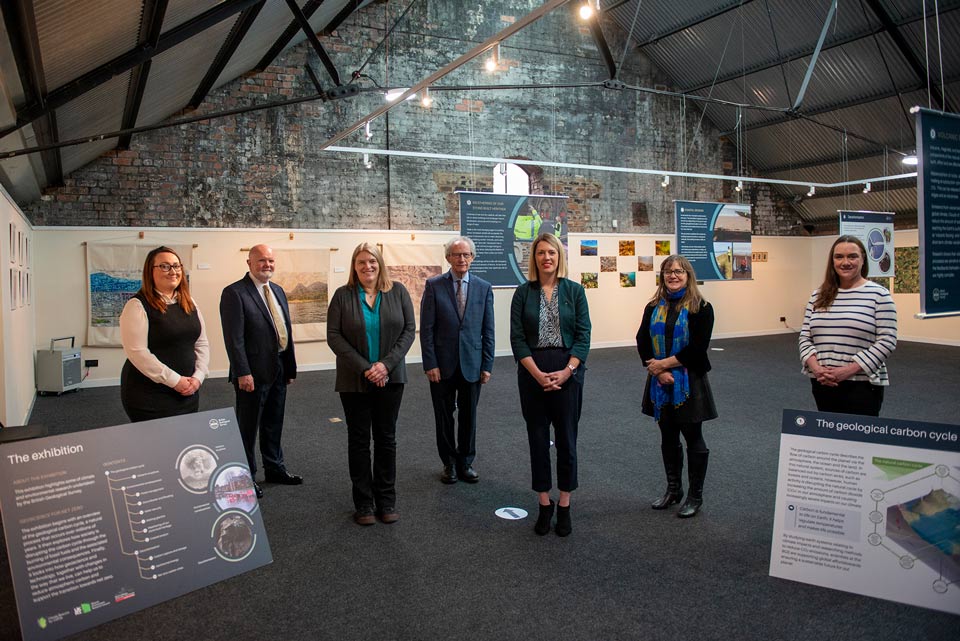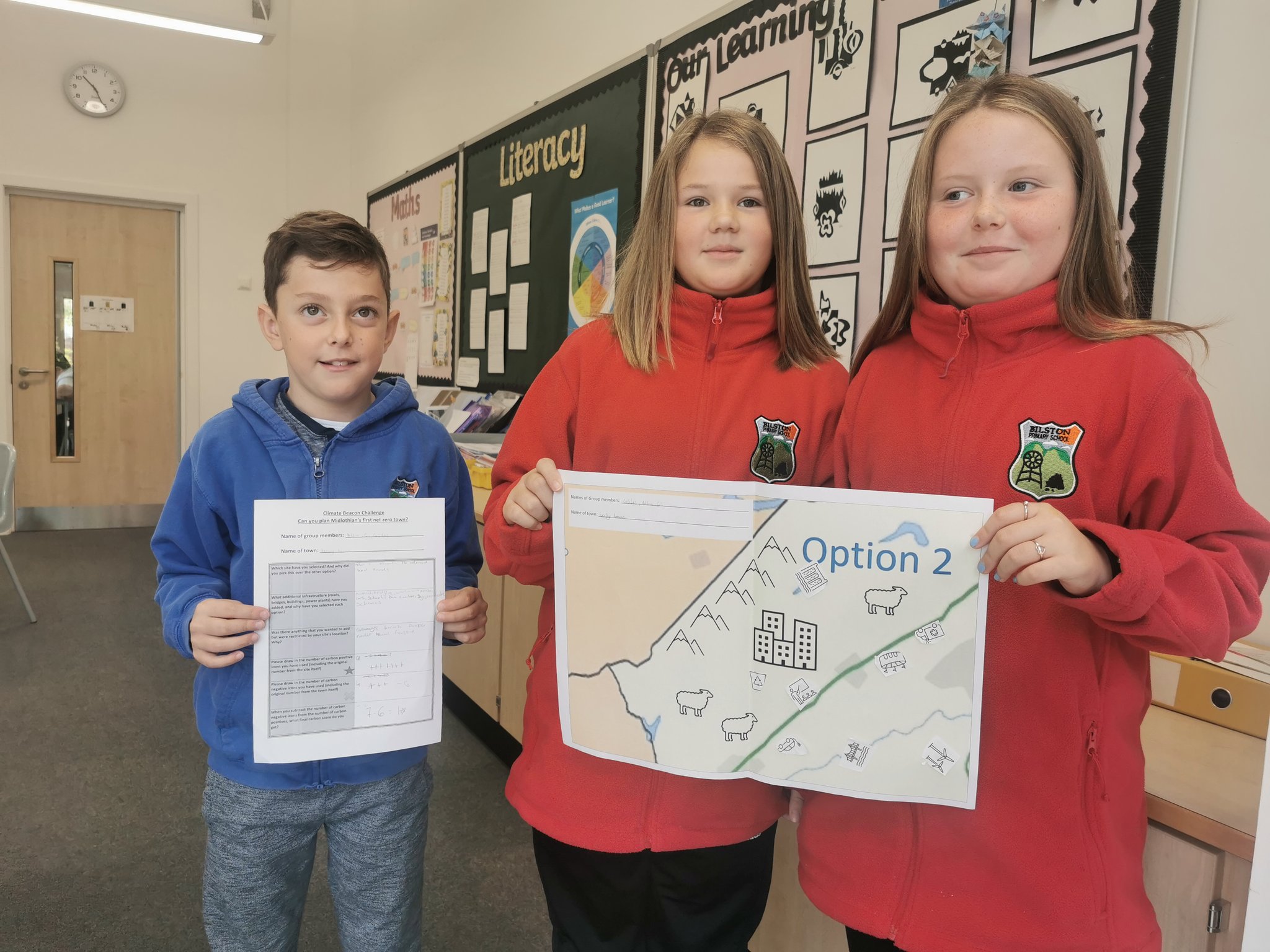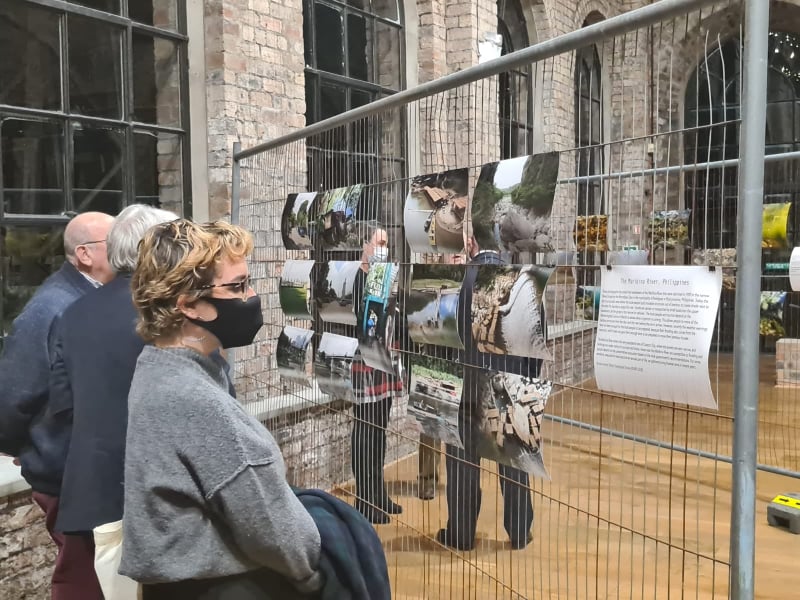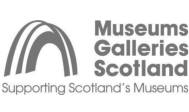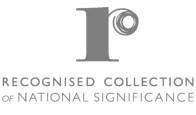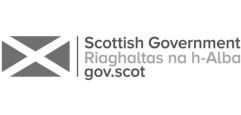What are the Climate Beacon’s?
Climate Beacons for COP26 is a Scotland-wide collaborative project between climate change or environmental organisations and arts, heritage or cultural organisations to stimulate long-term public engagement in the lead-up to and following COP26. Seven hubs known as ‘Climate Beacons’ are taking form in Argyll, Caithness & East Sutherland, Fife, Inverclyde, Midlothian, the Outer Hebrides, and Tayside. Bringing together shared resources and knowledge from cultural and climate organisations, the Climate Beacons provide a welcoming physical and virtual space for the public, artists and cultural sector professionals, environmental NGOs, scientists and policymakers to discuss and debate COP26 themes and climate action specific to each local area.
Who is the Midlothian Climate Beacon?
A collaboration between the National Mining Museum Scotland, the British Geological Survey, and environmental artist, Nicole Manley, the Midlothian Climate Beacon aimed to create a transformative journey through the carbon cycle, from Scotland’s past legacy of fossil fuels towards a future of decarbonisation, connecting local and international cultures through art and science.
What did we do?
Starting in September 2021, prior to COP26, the Midlothian Climate ran a variety of activities, events, exhibitions, and workshops for school pupils to adult community groups. One of our hopes for the Beacon was to not scream “climate crisis” and add emotional pressure to our participants, but rather focus on creating a space where those who would not normally engage in climate change discussions could not only learn but create, reflect and, hopefully, be inspired to take action in the collective action required to help tackle the climate crisis.
Schools Programme – Net Zero – October 2021- Ongoing
Launched during the Midlothian Science Festival in October 2021, we have created a new interactive STEM Climate Change workshop available for all primary schools that is now part of NMMS’s formal schools programme! This STEM workshop, created in partnership with Sincy Science, explores the science behind climate change, with a focus on energy. The workshop includes a digital resource pack full of information and challenges pupils to work as a team to create their own Net Zero town! Find out more on our page here.
Climate Reflections & Witness Report Series – November 2021
Climate Reflections and Witness Report Series brings together the voices of Indigenous people fighting for their way of life, communities in the global south already on the frontlines of climate change, and those in Scotland beginning to explore what this crisis will mean for our world.
In a collaboration between the Scottish Communities Climate Action Network, International Institute for Environment and Development and Arkbound Foundation, these stories are told in a wide diversity of voices, knowledge and perspectives in the communication about climate change and in the mediums of photographs and posters, short films and live panel discussions. This was hosted at NMMS. We were delighted to be joined by artist Nicole Manley whose film, stills, and photographs highlight the impact of flooding and rising sea levels in Scotland.
SCCAN noted their hope to offer new means to express, reflect on and connect to the climate emergency through the first-hand experiences shared in “Climate Reflections” and “Witness Report Series” and that these stories will help “to make sense of the indescribable” and put a human face on climate change – to inspire urgent, ambitious action to protect people and the planet we love. You can view the recording of the event on SCCAN’s website here.
Climate Conference: Changing Perspectives – November 2021
Our first digital conference took place during the 26th “Conference of the Parties” (COP26)! Climate change is not a simple issue with a simple solution. As countries met to discuss how to tackle climate change, we asked what could we learn from Scotland’s past industries, how can we engage a variety of audiences in climate conversations and, finally, what can we do to make a difference? Therefore, to help us answer these answer these questions, we were joined by experts from Creative Carbon Scotland, Historic Environment Scotland, Applied Negative Emissions Centre, Keep Scotland Beautiful, Carbon Choices UK, Climate Museum UK, British Geological Survey, National Museum of Scotland and University of Strathclyde.
Student Residency – Queen Margaret University – September – April 2022
In an exciting first for our organisations, we partnered with Queen Margaret University’s Performance Department to work with students who were tasked with creating a performance piece to reflect the aims of the Midlothian Climate Beacon and the impact for them of climate change. The students participated in Beacon activities, visited NMMS and worked closely with Nicole Manley and the two films, available to watch in our video slider below and on the NMMS Vimeo page, reflect the emotional impact of climate change as well as the sense of urgency to not only talk about it but to take action, no matter how small.
Activities Continued….
Carbon Conflict & Climate Change Exhibition – November – May 2022
Opened in November 2021 by then Culture Minister, Jenny Gilruth MSP, visitors could explore geoscience and climate change like never before! The British Geological Survey shared their work and research in this fascinating exhibition which followed a journey of geoscience themes narrating different elements of climate change and how this affects our urban and natural environment.
Science and art combined in this exhibition as we explored the natural carbon cycle as well as technology-led adaptions including renewable energy, net zero carbon cities and carbon storage. The human activity and experiences relating to climate change were interconnected with an installation from artist and hydrologist, Nicole Manley through collage, sound, light installation, clay sculpture and participatory art activities.
Culture and the arts have a vital role to play in raising awareness about the climate emergency and I’m sure this inspiring exhibition will encourage people to consider how their individual behaviour or actions could change as a result.
One of the ambitions of our Culture Strategy is for the heritage and culture sectors to lead the conversation when it comes to our response to climate change. The way a wide range of partners have come together at the Midlothian Climate Beacon to create a legacy for the future is therefore really impressive.
Jenny Gilruth MSP, Culture Minister
Weathering Earth – October- June 2022
Nicole Manley, an environmental artist, in collaboration with National Mining Museum Scotland, facilitated Weathering Earth: a participatory art installation. Weathering Earth brings together several primary schools across Midlothian and people from all over Scotland to create clay sculptures in relationship with climate change. All sculptures are made while thinking about climate change and then the sculptures are placed outside for several days for the weather to work upon them. Thousands of people have taken part and created amazing sculptures showing everything places and animals they feel are at risk, ideas to help such as wind turbines and electric buses, to showing the importance of water across the globe.
The installation has three forms:
1) Weathering Installation: The weather sculptures are brought inside to grow in the Memorial Centre in the National Mining Museum Scotland
2) Weathering Sculptures: An archive of photographs taken of the sculptures showing how they weather over time.
3) Large outdoor sculpture: created by Nicole Manley and weathering currently outside at NMMS
This website documents Weathering Earth in both sculptural installation and photographic form. Everyone’s participation will be shown here.
The film by Brody Mace-Hopkins, created as part of the Inverclyde Climate Beacon, can be seen in the video slider above!
Dr Bunhead’s Rubbish Puppet Adventures
Families joined us for this wonderful day filled with recycling, upcycling and learning to see “rubbish” in a new light! Watch the video on this page!
Get ready to take your DIY puppets on their biggest, bravest adventures. Dr Bunhead’s Rubbish Puppets tell science stories with things we throw away. Exploring the furthest frontiers of our imaginations, will your puppets save the world? Will they survive to tell their stories? Come and join our interactive puppet storytelling where the audience make their own puppets from recycled rubbish and create their own multi-puppet, environmental adventures!
The project is being led by Creative Carbon Scotland, connecting the seven Beacons and offering support throughout, alongside six co-ordinating partners: Architecture & Design Scotland, Creative Scotland, Edinburgh Climate Change Institute, Museums Galleries Scotland, Scottish Library and Information Council, and Sustainable Scotland Network. Climate Beacons for COP26 is funded by the Scottish Government’s Climate Change and Culture Divisions, Creative Scotland, and Museums Galleries Scotland.
